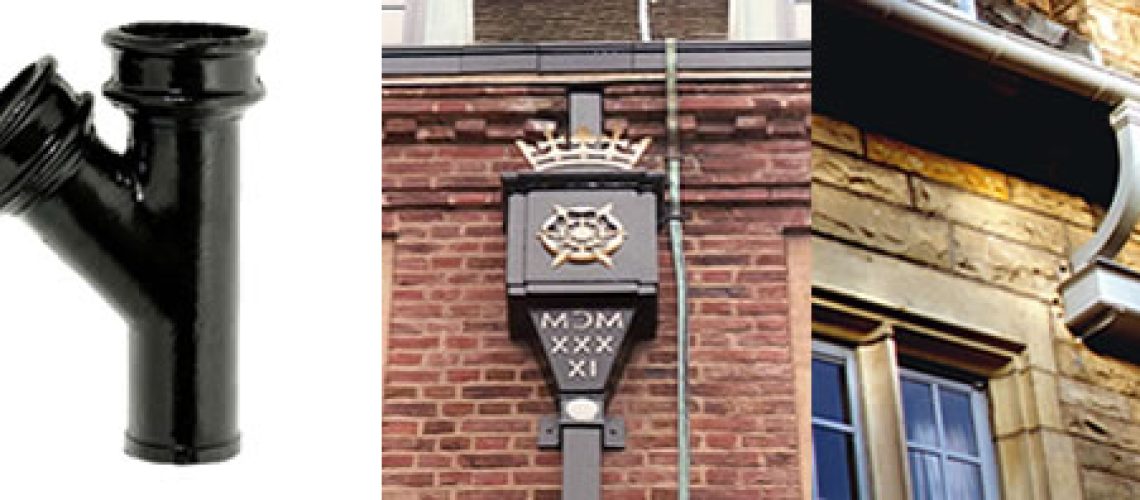


A building is listed when it is of special architectural or historic interest in a national context. Listed buildings have extra legal protection within the planning system. Listed houses come in many styles and sizes, and range from terraced houses to simple country cottages and stately homes.
Grade I buildings are of exceptional interest and only 2.5% of listed buildings are Grade I
Grade II* buildings are particularly important buildings of more than special interest and just 5.5% of listed buildings are Grade II*
Grade II buildings are of special interest and the vast majority, 92%, of all listed buildings, fall into this category.
There are around 500,000 listed buildings in England, not surprisingly, the older a building is, the more likely it is to be listed. All buildings built before 1700 which survive in anything like their original condition is listed, as are most of those built between 1700 and 1840.
More recent buildings may be listed, but they would need to be of very specific architectural detail and interest to be listed. Buildings dating from 1945 onwards would be carefully selected and usually, have to be over 30 years old to be eligible for listing.
When a building is listed it means that there are additional planning controls that apply to that building, both internally and externally, and you would therefore need to apply for listed building consent for work that involves altering, extending, or demolishing, and where it affects the special architectural or historic interest. This is alongside any planning regulations which would normally apply.
You will need to contact your local planning authority to apply for listed building consent. Local authorities will normally decide within 8 weeks.
Carrying out unauthorised works to a listed building is a criminal offence and you can be prosecuted. By issuing an enforcement notice, a planning authority can insist that all work carried out without consent is reversed. You should therefore always talk to the local planning authority before any work is carried out on a listed building.
You may also have trouble selling a property which has not been granted listed building consent or a Certificate of Lawfulness for work carried out, as a lack of permission from the planning authority will be revealed by the legal search.
Generally, planning permission does not apply to guttering. If you want to repair or replace your existing guttering, you can do this without applying for planning permission. Similarly, you won’t need planning permission to change your guttering to a different material or style. You can even alter the size and location of downpipes without planning approval. You will need to make sure that they are capable of handling the flow of water from your roof.
Unlike newer properties and buildings that are not of historical interest, listed buildings and buildings in conservation areas and some cases within national parks, will (or may) require planning consent. These requirements are designed to preserve the historical value or natural beauty of the area. The repair of existing guttering is usually allowed without planning or listed consent. However, replacing even with a similar style will require consent from the local authority.
If your building is listed or in a conservation area and you plan to replace or alter your guttering, you should approach your local authority with material and style that is similar and in keeping with the original. This will make the process a whole lot easier.
A starting point for checking the criteria used to list your property can be made by The National Heritage List for England. You will then have the information needed to approach your local authority planning department, which can advise you further about the need for listed building consent.
In the context of what is covered by listed building consent, you must always expect the external fabric of the building to be included. But items, such as lights that are affixed to the building may also be included especially if they contribute to the character and interest of the house.
You must also consider items which are internal and fitted, such as older fitted cupboards, bookcases or similar may be considered to be part of the listing, but bathrooms and kitchen units (because they are likely more modern additions) are generally not, although an approach to your conservation office should be made.
When existing decorative finishes are recent it should be possible to repaint and to re-hang wallpaper. But removing paint and other finishes to reveal bare construction materials is likely to affect special interests and needs consent. ‘Stripping back to reveal the original’ often destroys much of the interest in the evolution of a listed house and is rarely a good idea.
Since 1893 Tuscan Foundry has been producing cast iron and steel products for building and construction projects. Today we are involved in projects throughout the UK, Europe, Scandinavia, the United States, and Australia to name a few.
Cast iron is widely recognised as the most authentic replacement for rainwater systems on period and listed buildings, but apart from aesthetics, cast iron also has high environmental benefits, due to its longevity in use and ease of recycling centuries of continuous use for rainwater systems. There are many benefits to cast iron including;
Cast iron rainwater products are available in an extensive choice of sizes and designs to suit all periods and building styles. For more unique projects we can cast and supply one-off bespoke gutters patterns, cast iron radius gutters, bespoke cast iron rainwater pipes, and cast iron hopper heads to your requirements.
For further information on bespoke cast iron products.